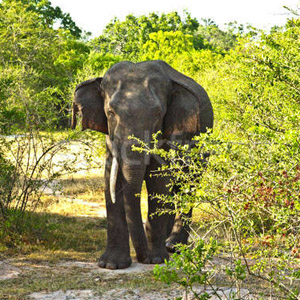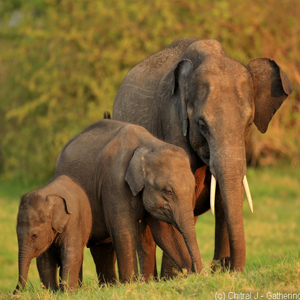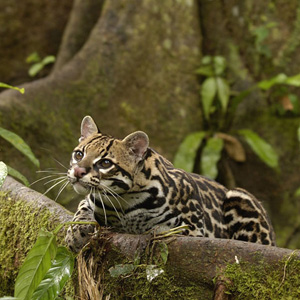


lahugala-srilanka-national-park
peacock
lahugala-park
Lahugala National Park is considered the most valuable conservation area which is home to elephants and endemic birds. The park is small when compared to the other national parks of Sri Lanka. Lahugala lies in the basin of the Heda Oya which is 16km from Pottuvil and its area spans 1554, hectares, encompassing he Lahugala, Kitulana and Sengamuwa tanks. Beru Grass which is a favorite of elephants grows in plenty supported by the above tanks. In 1996 the park was affirmed a sanctuary and in October 1980 was elevated to a national park.
The annual rainfall to this area is 1,700 millimeters with the North East Monsoon blowing in during the period of November to December. May to October and January to March are mainly dry periods. The terrain of the park is usually flat with little rocky outcrops.
The historic sight of Magulmahavihara built for the marriage of King Kavantissa to Viharamaha Devi lies near to Lahugala. Once could visit this monument while also visiting the Lahugala National Park. The park lies in the dry zone and hence there is a mix of dry evergreen forests that is home to scrubs, beru (a tall weedy plant) which covers the tanks. It is also the feeding arena for elephants. There are also other animals in this park such as toque macaques, grey langurs, sloth bears, golden jackals and spotted deer. There is a variety of birds who find the park as a nesting birth.
The park is home to a many herds of elephants among a multitude of other animals as mentioned herein. The Wildlife Conversation Society of Sri Lanka has initiated an electric fence which will protect four villages that lie surrounding the Lahugala National Park. This is to prevent elephants from roaming into the villages and causing destruction and to property and lives.


